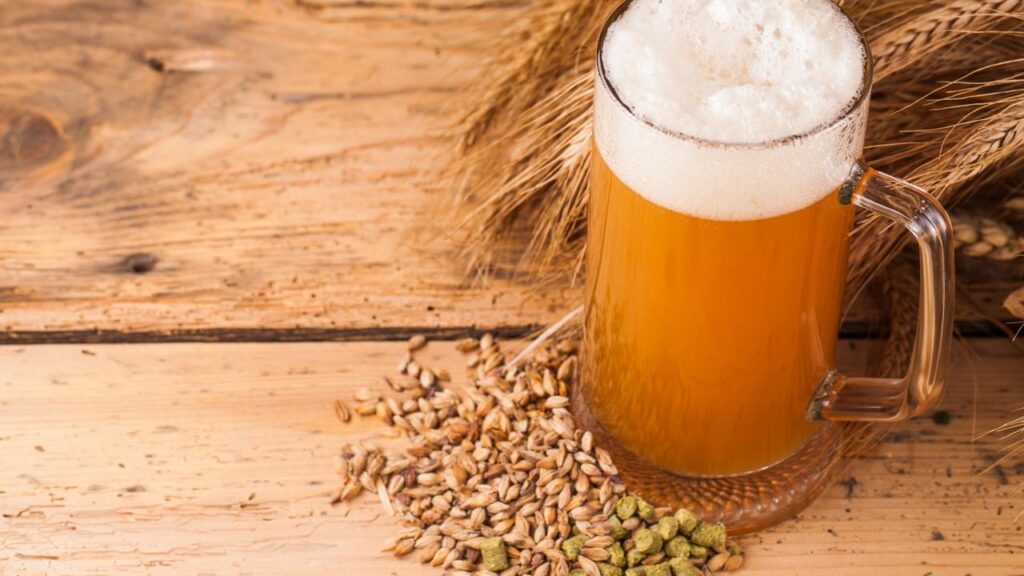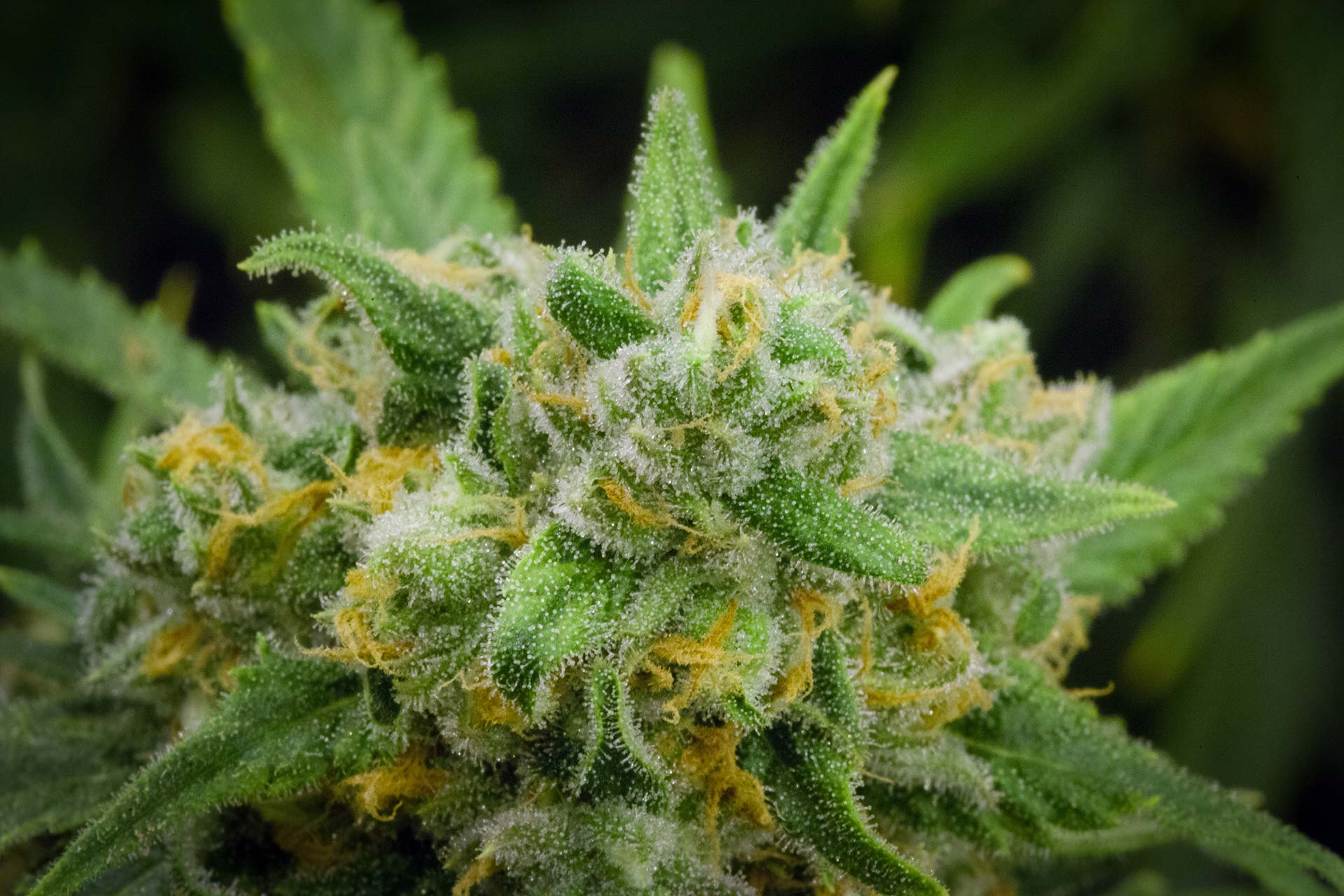
From the brewery to the bottles on the shelf, the process of how beer is made is an extensive one.
So if you’ve ever looked at your favourite beer and wondered how is it made? You can find out. In this article, we are going to be discussing the process of beer production, packaging and marketing.
So let’s start by outlining the history behind beer and how beer production has developed over the years.
The History of Beer Making
Beer is interestingly one of the oldest drinks that man has produced. In fact, the first instance of beer making and brewing dates back to the 5th millennium BC in Iran. Many of the brewing techniques that we have developed today came from Europe and the Middle East.
All beer produced before the industrial revolution was made completely on a domestic scale, and it wouldn’t go further until the revolution had taken place.
This then started a shift in beer production and transformed it into a large-scale, industrial operation.
Nowadays, we see beer in almost every store and supermarket we enter. From it’s humble beginnings, it now flies off the shelves.
But how are beers made in this modern world?
Phase 1: The Brewing Process Step By Step
The brewing process is heavily scientific and has undergone massive changes since its role as a domestic activity for families to do together.
Now, the brewing process will take place in mass production environments or breweries. So let’s find out how beers are made.
Malting
- The malting process modifies barley to green malt, which is then preserved by drying
- The process involves steeping and aerating which in turn allows for germination to take place
Milling
- Milling is the process of physically crushing malt kernels in preparation for the next steps of the brewing process
- It is important that the grind is not too fine or too coarse, as this can throw off the next steps of the brewing process
Mashing
- Mashing is the brewing term for steeping in hot water
- This hydrates the barley, activates the malt enzymes and converts the grain starches into convertible sugars.
Extract Separation
- This is the process of separating the liquid extract from the leftover solid matters found in the mash
Hop addition and Boiling
- The addition of hops in the boiling process is to enhance the flavour of the beer and add bitterness
- Essentially, the longer you boil your hops, the more bitterness you will add to your beer
- Then the hop removal takes place
Cooling and Aeration
- Adding oxygen to the brew before fermentation ensures that the yeast can grow properly during fermentation
Fermentation
- This is one of the most crucial parts of the brewing process
- Fermentation gives way for all of the flavours and aromas found in your favourite beer
- Manipulation of temperature, oxygen levels, and pitch rate, as well as yeast strain selection, will alter the flavours and aroma that are produced during the brewing process
Separation
- When beer is nearly finished fermenting, most of the yeast will settle at the bottom of the fermentor
- This makes it ready for extraction, and ready to use in the next batch of beer
Ageing
- Usually this process takes place over a few weeks
- But, dependent on the type of beer, it can take months for a beer to age enough
So that’s the, very scientific, process of brewing beer. But what comes next?
Phase 2: Packaging
So you’ve brewed a fresh batch of beer. But what now?
It’s time for packaging and whether you like it in a bottle or can, it needs to be designed right.
Your beer label should include;
- Your brewery name and logo
- The name of the beer class and type
- The alcohol content level (%)
- Net content
- A featured image for the beer
- A special typography that makes your brand stand out amongst other bottles
Phase 3: Marketing for Beer
Marketing for beer can be a tricky thing to master, which is why many companies enlist the help of agencies who specialise in boosting smaller brands.
However, some generally successful strategies are;
- The use of social media i.e Instagram, Linkedin, Facebook and Twitter
- Partner up with local food establishments to get some interest
- Provide samples and tastings
- Use an SEO marketing agency
- Promote deals on Groupon, Wowcher etc
These are very useful strategies and are employed by brands everywhere to improve their leads and sales.
Phase 4: Reaching Stores
Now, your beer is ready to hit the shelves. Once you’ve perfected your pitch, you’re ready to Soon enough trucks for lifting pallets will be hauling your beer to the shelves and standing by whilst people rush to try it.
Happy brewing!








